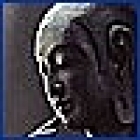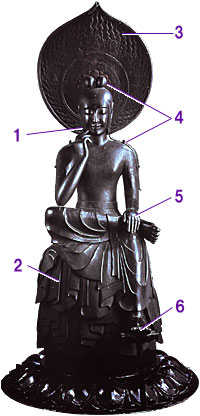March 8, 2005 (Tue) - April 17, 2005 (Sun)
Sololy exhibiting Seated Bosatsu (Bodhisattva) from the Chuguji temple in Nara, a masterpiece that has been loved for many years with the beautiful yet mysterious smile.


 Buy tickets for both exhibitions together at advanced discount prices.
Buy tickets for both exhibitions together at advanced discount prices.  Buy tickets for both exhibitions together at discount prices.
Buy tickets for both exhibitions together at discount prices. 